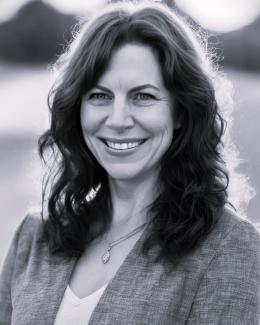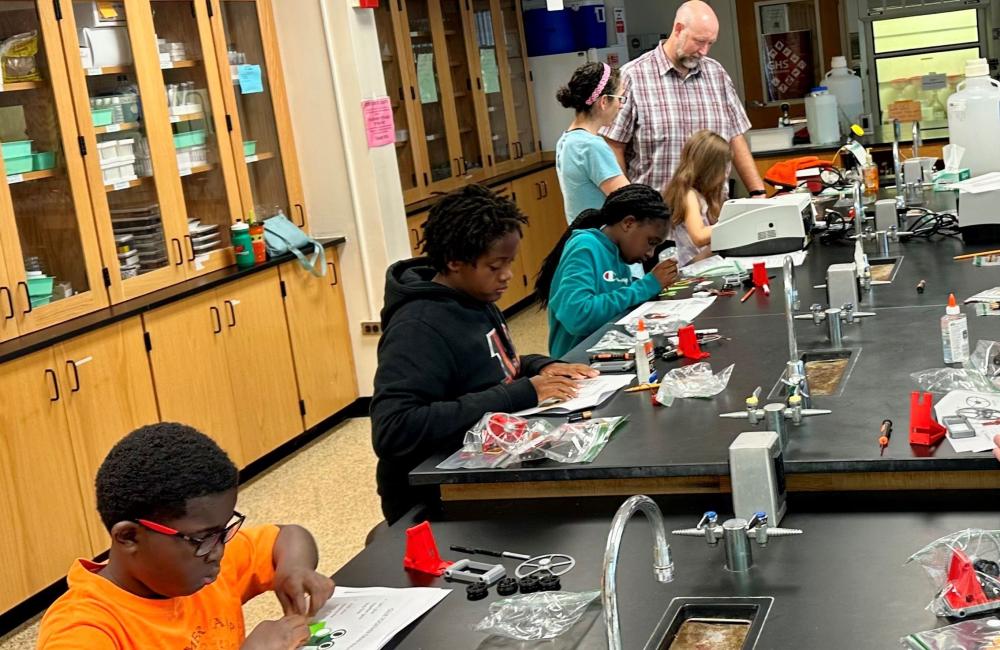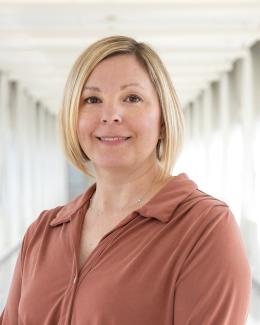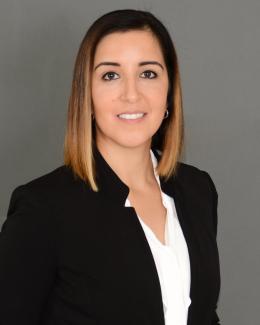Students work on assembling their own robots in a lab setting, learning about gears and circuitry as part of an outreach activity with ORNL through YO-STEM, a local nonprofit that brings STEM education to underserved youth. Credit: Cristina Boone/ORNL
A group at the Department of Energy's Oak Ridge National Laboratory made a difference for local youth through hands-on projects that connected neutron science and engineering intuitively.
Two members of ORNL's Women in Neutron Sciences, or WiNS, designed the projects as part of the group's outreach mission promoting equitable and inclusive access to education for science, technology, engineering and math, or STEM.
This spring, Dana Humphreys, lead control systems engineer for ORNL’s planned third neutron source, the Second Target Station, spent two days with students from Midway Middle School, a STEM-accredited school in Roane County. The STS will complement the capabilities of the First Target Station and help advance research in areas such as clean energy and energy efficiency. Cristina Boone, a lead engineer for the Second Target Station project, spent a Saturday afternoon with kids from YO-STEM, a non-profit launched by ORNL’s Candice Halbert. The non-profit brings STEM education to underserved youth in East Tennessee.
Humphreys partnered with Midway Middle to facilitate an activity that compares aquarium maintenance to operations at the Spallation Neutron Source, or SNS. With help from ORNL, Humphreys provided 30-gallon fish tanks to Midway’s sixth, seventh and eighth grades, which each class set up and maintained throughout the spring semester. Humphreys expressed her enthusiasm for partnering with a rural school similar to the one she attended as a child.
"Grit is at least as powerful as natural-born talent. People with grit don’t give up," Humphreys said. "You don’t have to be a straight-A student or come from a privileged background to have a career in a STEM field. If you come from low socioeconomic status, but you are determined, there are many opportunities out there.
“My goals were to engage the students with the incredible science we do here and show them that everyone has a role. The scientists typically get the spotlight, but the science wouldn't happen without many others working behind the scenes alongside them. It takes all of us — engineers, electricians, mechanics and business and administrative personnel — to make it all work."
Science makes a splash
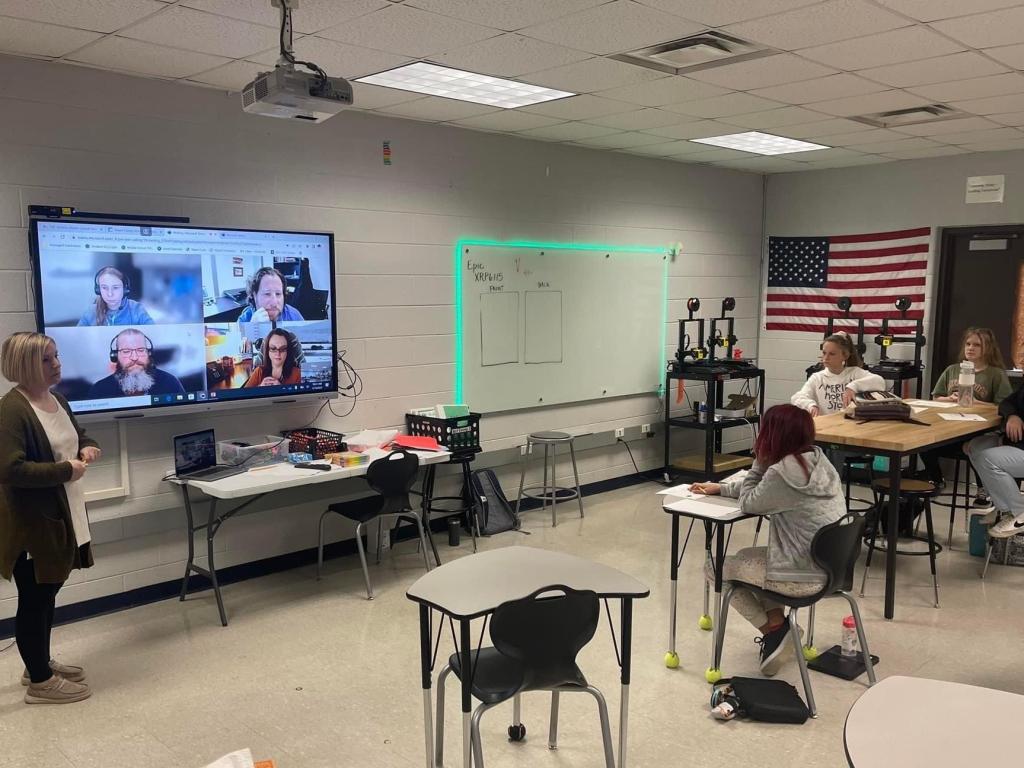
Humphreys also invited six other professionals from the lab to attend virtually and discuss their work. Robert Knudson, who leads a group responsible for electrical systems and software at ORNL’s Spallation Neutron Source, said looking at a scientific instrument in its entirety can be overwhelming, but looking at individual control loops makes it easier to understand.
Researchers come from all over the world to use SNS’s instruments — each at least as big as a school bus — to better understand the workings of different materials at the atomic scale. The outcomes of their experiments accelerate innovations that address energy storage, carbon dioxide emissions, transportation, diseases and more.
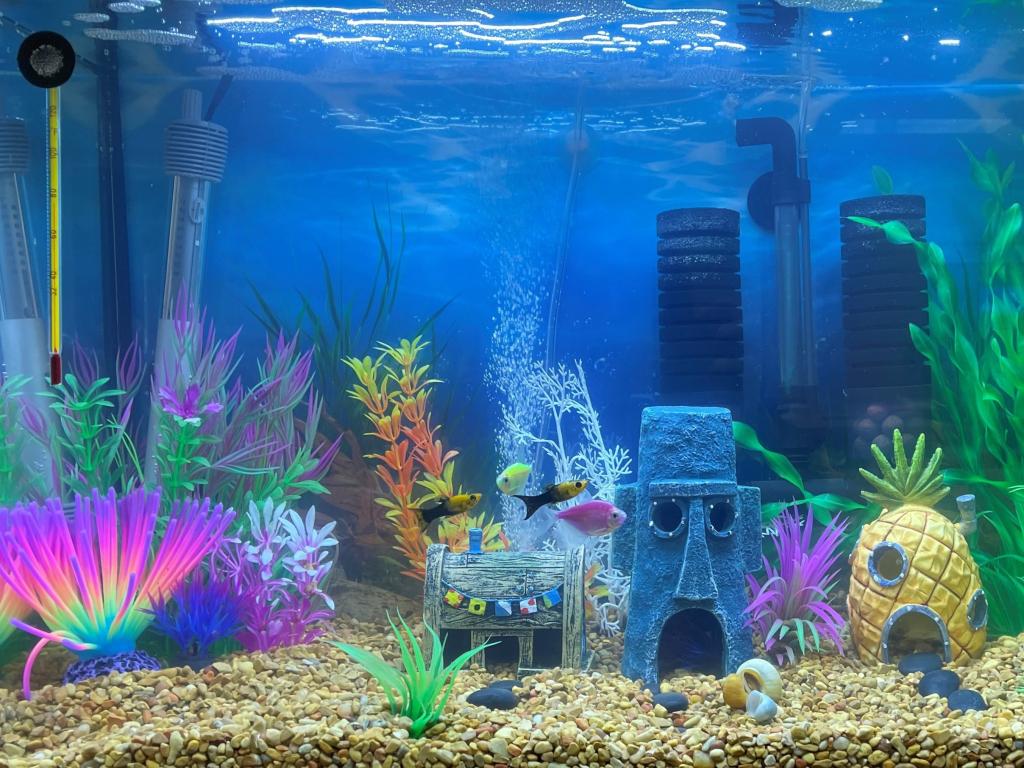
Knudson taught each class about how control loops in the aquarium, such as water level, relate to control loops in the beamlines. In ORNL's superconducting accelerator, giant magnets create magnetic fields that guide particles down the beamline at almost the speed of light. These magnets must be kept near absolute zero. Keeping the magnets cooled to this extreme means maintaining a certain cryogen level, or refrigerant, in the superconductors — like water level in an aquarium.
Students then chose an aquarium control loop (air flow, temperature or water level) to compare with SNS operations and later present to Humphreys, classmates and teachers.
"I think the real power of this outreach was having something tangible they could experiment with in their classroom and then relate it to the science we do here," Knudson said. "It removed a typical barrier that arises when we try to explain the science and it goes over their heads. This was not the case at Midway."
Students gear up for success
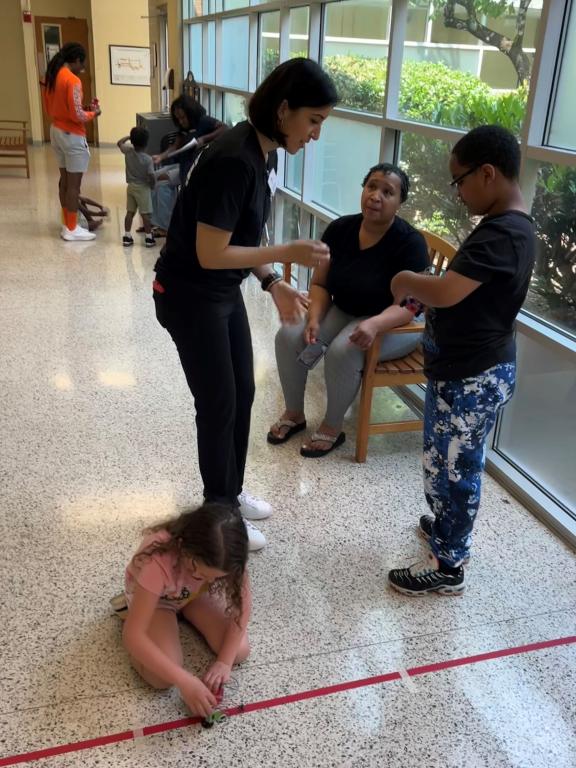
WiNS member Cristina Boone partnered with YO-STEM one Saturday this summer to deliver a workshop to a group of kids, ages 5-13, about how gears and electrical circuits work in mini robots. She also brought two lab colleagues and her husband to assist with the activity and talk about their work. Boone and her partner spent weeks before the event printing 3D parts and soldering wires for each pocket-sized robot in their fleet. During the activity, students assembled and tested their own devices.
Boone’s passion for STEM education centers on outreach in marginalized communities. She remembers when her family moved from Mexico to Chicago.
"I am seeking to reach the communities that don't have a lot of exposure to technical and scientific fields," Boone said. "I grew up in Mexico and went to inner-city schools in the U.S. where I learned firsthand about the lack of resources. Teachers would do everything in their power just to get the kids through the school year. They did not have the resources they needed to prepare them for post-secondary education.
“There are so many young minds we can reach right here in our own backyard. And seeing the kids’ faces light up when they learn they can make something work is its own reward."
SNS is a DOE Office of Science user facility.
UT-Battelle manages ORNL for DOE’s Office of Science, the single largest supporter of basic research in the physical sciences in the United States. The Office of Science is working to address some of the most pressing challenges of our time. For more information, please visit energy.gov/science — Sumner Brown Gibbs
